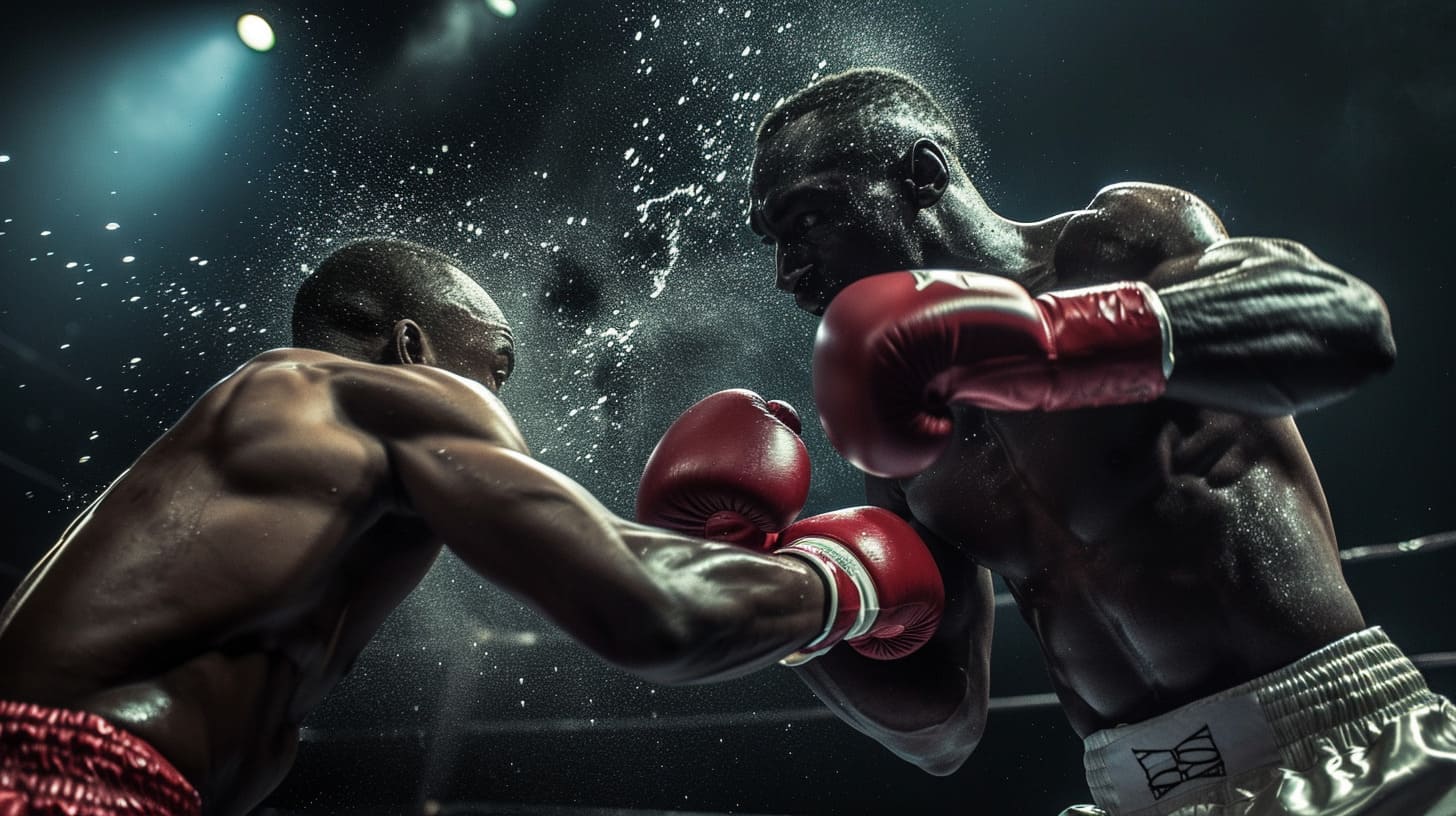Welcome to the exciting world of French boxing, a unique blend of elegance and power that stands out in the combat sports universe. This style, also known as Savate, mixes the art of kicking with traditional boxing punches, creating a dynamic and strategic form of self-defense and competition. French boxing is not just about fighting; it’s about mastering a disciplined approach to combat with grace and precision. Let’s step into the ring and uncover the beauty and effectiveness of the French boxing style.
What Is French Boxing Style?
French boxing, or Savate, is a fascinating martial art that combines the agility of kicking with the precision of boxing punches. In this style, fighters wear special shoes, allowing them to execute a variety of kicks along with traditional boxing techniques. What makes French boxing special is its emphasis on control, accuracy, and flexibility. Fighters move with a dancer’s grace, yet strike with the force of seasoned warriors, making Savate a unique spectacle of strength and elegance.
How Did It Originate?
The story of French boxing begins in the 19th century in France, where it evolved from street fighting techniques of sailors and urban workers. Initially, it was a mix of French kicking games and English boxing, creating a new, refined form of fighting. Over time, Savate became a formalized sport, gaining popularity for its effectiveness and artistic movement. It’s a style that reflects the cultural richness of its origins, blending the practical with the theatrical, and turning combat into a form of art.
Signature Moves & Strategies
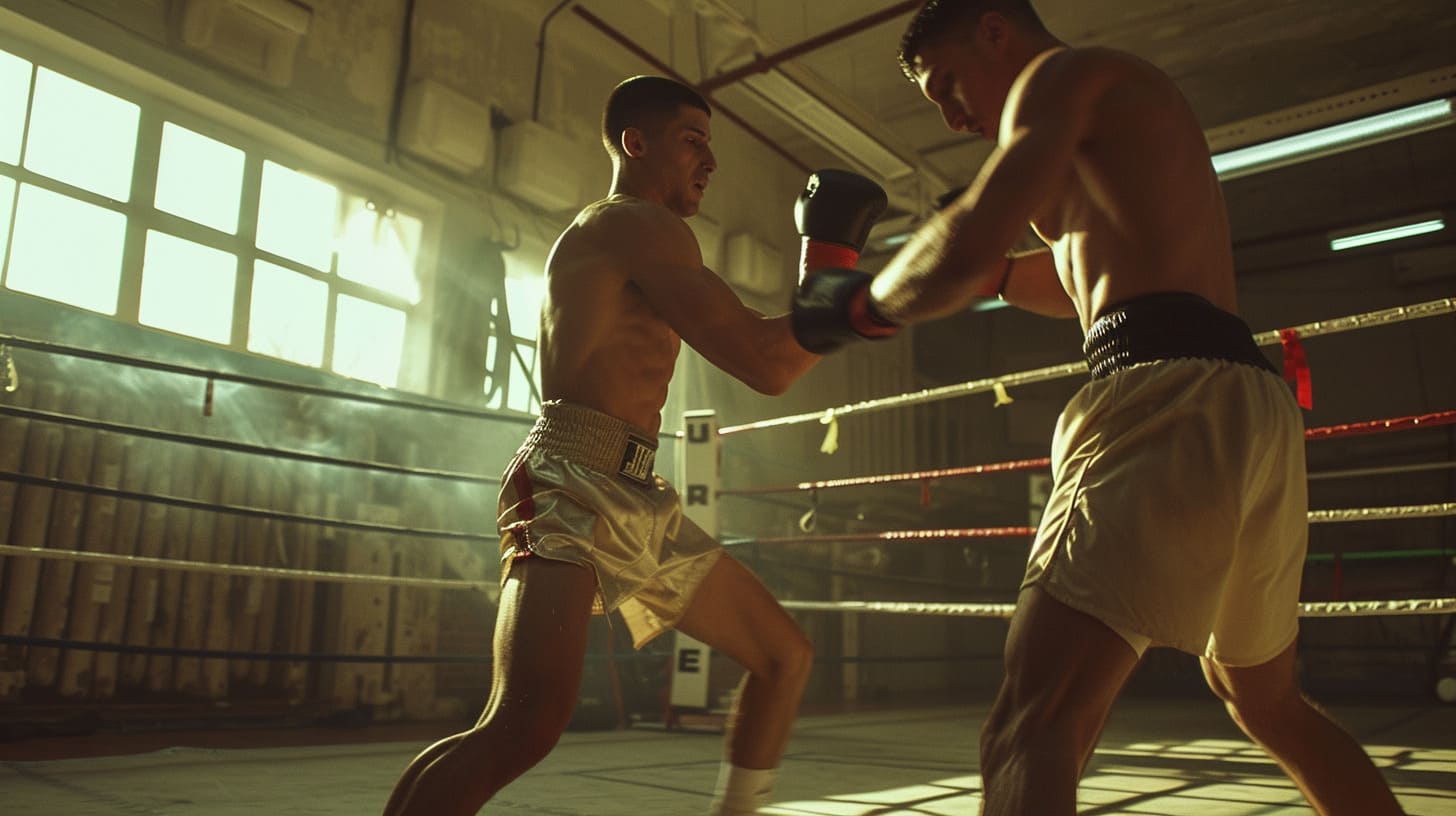
The French boxing style, also known as Savate, is unique and interesting. It includes different kinds of moves that help fighters defend themselves and attack their opponents cleverly. Let’s look at three main moves that make French boxing special:
- Chassé: This is a straight kick. You can aim it at the legs, stomach, or even the head of the opponent. It’s a surprise move because you can kick from different positions, making it hard for the other person to guess where the kick will come from.
- Fouetté: This move is like a whip. It’s a quick, spinning kick that hits with the tip of the shoe. You can target the head, stomach, or legs. It’s fast and can reach far, making it a key move in this style of boxing.
- Coup de Pied Bas: This is a low kick aimed at the opponent’s legs. The goal is to make them lose balance. It shows how in French boxing, using your legs to control the fight is as important as using your fists.
These moves are about being smart and quick. In French boxing, you don’t just throw punches and kicks. You think about the best time to strike and how to make every move count. It’s about using both your brain and your strength to win the fight.
Challenges and Limitations
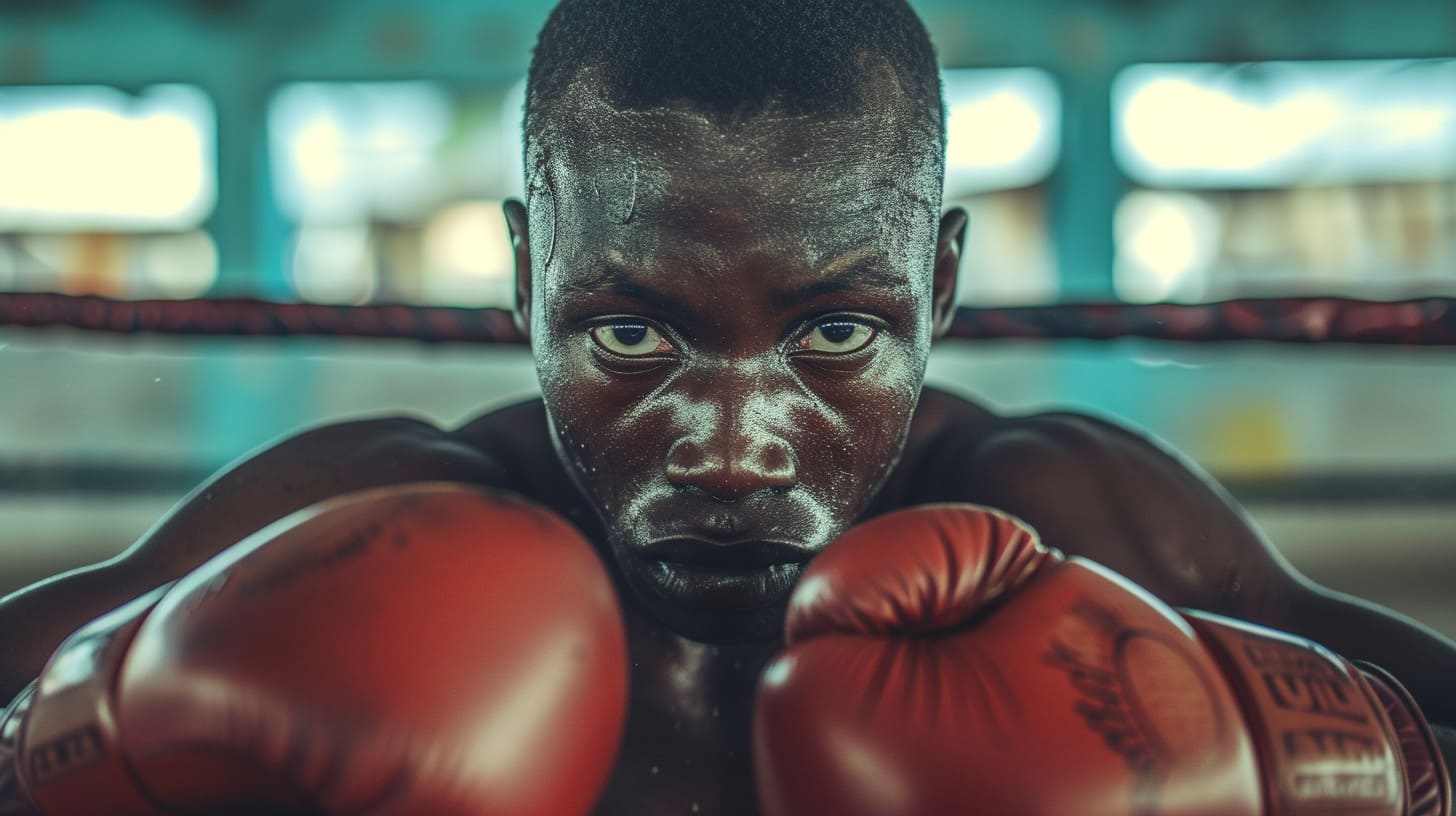
Even though French boxing style is powerful and smart, it has some challenges too. Here are a couple of things that can be tough when using this style:
- Close Combat: French boxing is great at a distance because of its kicks. But, when the fight gets really close, it can be hard to use those kicks. Fighters might find it tricky to defend themselves or attack without enough space.
- Energy Use: Kicking a lot, especially with fancy moves like in French boxing, can make a fighter tired quickly. If the fight goes on for a long time, keeping up the energy to keep kicking can be tough.
Even the best styles have their tough spots, and knowing these can help fighters prepare better. French boxing teaches fighters to be quick and smart, but also reminds them to think about space and how to save their energy for a long fight.
The Benefits of the French Boxing Style
French boxing, with its unique blend of kicks and punches, offers several advantages on the ring. Here are the key benefits:
- Range and Reach: With its focus on kicks, French boxing allows fighters to hit their opponents from a distance where most other boxers can’t reach. This means you can strike without getting too close and risking a counterattack.
- Versatility: The variety of kicks, from low kicks to high kicks, means you can attack different parts of your opponent’s body. This makes it harder for them to defend themselves because they have to protect against attacks from many angles.
- Defense: The movement and footwork in French boxing also help in defense. Being able to move quickly and use your legs for defense means you can avoid getting hit while setting up your next move.
These benefits make French boxing a smart and strategic way to box. It’s not just about hitting hard but also about thinking two steps ahead of your opponent, using your range, and staying versatile in your attacks.
The Drawbacks of French Boxing Style
While French boxing has many strengths, there are also some challenges:
- Close Fights: If an opponent gets very close, it can be hard to use those powerful kicks. This means a French boxer needs to be good at creating space or learning how to fight up close.
- Stamina: All those kicks take a lot of energy. If a fight lasts a long time, it can be hard to keep the same level of power in your kicks. This means managing your energy is very important in French boxing.
Understanding both the good and the challenging parts of French boxing can help fighters use this style effectively. It’s about using your strengths and being aware of the moments when you need to adapt your strategy.
Defending Against French Boxing Style
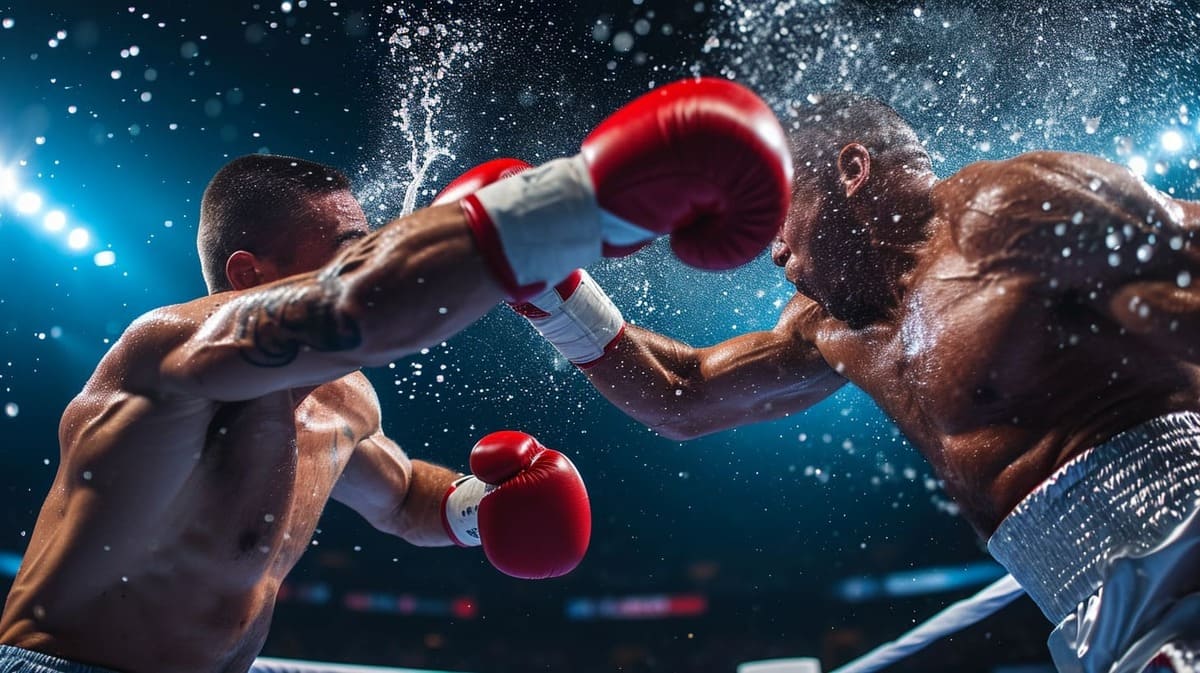
When facing a fighter skilled in French boxing, knowing how to defend against their unique techniques is crucial. Here are some tips for effectively countering this style:
- Close the Distance: French boxers prefer to fight from a distance to use their kicks. Getting close reduces their chances to kick and forces them into a range they’re less comfortable with.
- Stay Mobile: Moving a lot makes it harder for them to land their kicks. By being quick on your feet and changing positions, you can avoid many of their attacks.
- Counterattack Quickly: After they kick, there’s a moment when they’re less balanced. Use that time to strike back, especially with punches or close-range techniques.
Defending against French boxing means being smart about how you move and finding the right moment to get closer and attack. It’s about making it hard for them to use their best moves.
Additional Practical Tips:
- Watch for Patterns: Many fighters have favorite moves. If you can see a pattern in how they kick or move, you can predict and dodge their attacks better.
- Improve Your Blocking: Work on your ability to block kicks. This can frustrate a French boxer and make them less effective.
- Practice Counter Kicks: Sometimes, the best way to counter a kick is with another kick. Training your legs to be as agile and strong as theirs can give you an advantage.
By focusing on these strategies, you can better prepare yourself to face and defend against the French boxing style, turning its strengths into vulnerabilities that you can exploit in a match.
Notable Practitioners

French boxing, or Savate, has had many skilled fighters over the years. Here are three notable practitioners who have made a significant impact:
- Richard Sylla: Known for his exceptional technique and agility, Sylla has been a prominent figure in the world of Savate, winning multiple championships and inspiring many to take up the sport.
- Laurent Plasman: Plasman, with his powerful kicks and strategic fighting style, has competed at the highest levels of French boxing, showcasing the effectiveness of this style against various opponents.
- Myriam Szkudlarek: As one of the top female Savate fighters, Szkudlarek has demonstrated the versatility and strength of French boxing, earning recognition and titles in international competitions.
These fighters exemplify the best of French boxing, using its techniques and strategies to achieve success in the ring. Their careers and achievements inspire new generations of fighters to learn and master this distinctive style.
Training and Conditioning
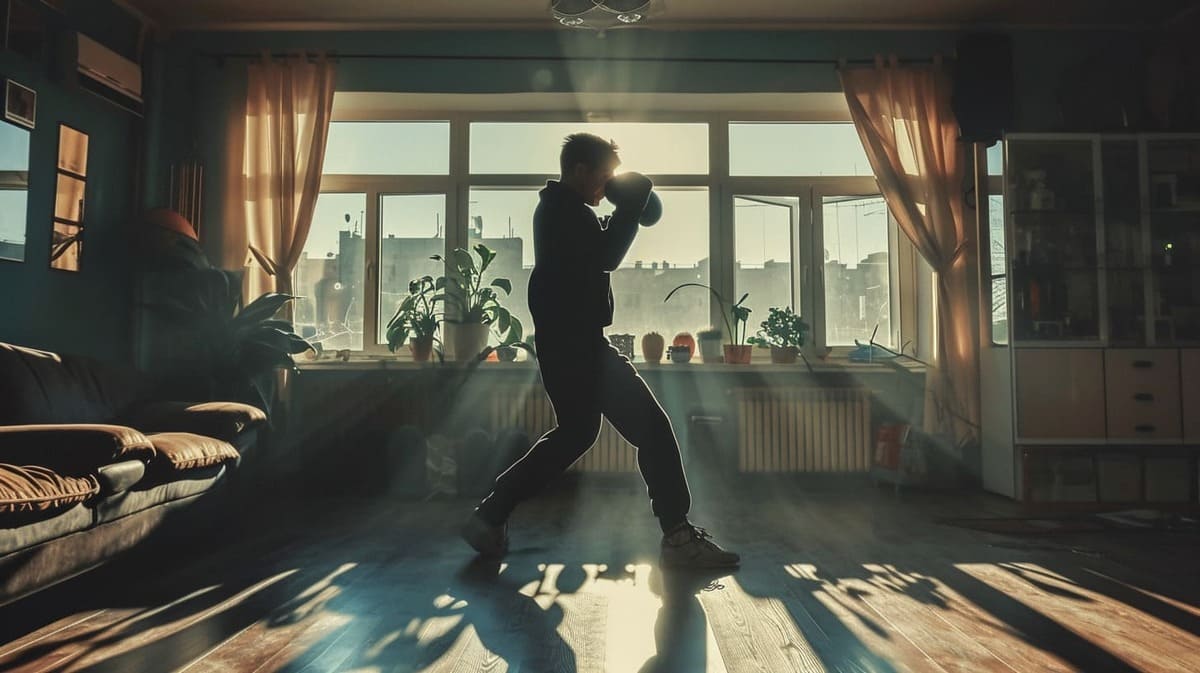
To excel in French boxing, or Savate, specific training and conditioning are essential. Here’s how aspiring boxers can prepare to adopt this elegant yet powerful style:
- Flexibility Training: Since kicks are a big part of French boxing, having flexible legs is crucial. Stretch regularly to improve your range of motion, allowing for higher and faster kicks.
- Balance Exercises: Good balance is key for landing precise kicks and quickly moving to avoid punches. Practice exercises like standing on one foot, using balance boards, or performing yoga.
- Cardiovascular Fitness: Savate fights can be fast-paced and require a lot of stamina. Engage in activities like running, cycling, or skipping rope to boost your endurance.
- Strength Training: While agility is important, so is strength. Focus on exercises that build leg strength, such as squats and lunges, and don’t forget about your core and arms, which you’ll need for punching and maintaining balance.
- Sparring Practice: There’s no substitute for actual fighting experience. Regular sparring sessions with different partners will help you get used to the speed and variety of real fights. Pay attention to defense as well as offense.
- Technique Drills: Practice the signature moves of French boxing, like the chassé, fouetté, and coup de pied bas, until they feel natural. Work with a coach who can give you feedback and help improve your form.
Final Thoughts
Mastering the French boxing style takes dedication and hard work, but the rewards are well worth it. This unique form of fighting not only teaches you effective self-defense techniques but also improves your physical fitness, balance, and reflexes. Remember, the key to success in Savate is not just about how hard you can kick or punch, but how smartly you can fight, using strategy and finesse to outmaneuver your opponent.
As you continue your journey in French boxing, keep in mind the importance of patience, persistence, and a willingness to learn. Whether you’re training for competition or personal growth, the skills and discipline you gain from this sport will serve you well both inside and outside the ring.
Additional resources
To deepen your understanding and skills in French boxing, or Savate, I found some excellent online resources that offer comprehensive training programs, techniques, and equipment recommendations. These resources can provide you with a solid foundation in Savate, whether you’re a beginner or looking to refine your skills.
- London Savate World Academy Online Training: This platform offers a chance to learn Savate from anywhere in the world, guided by former World Champion and current Vice Champion, Professeur James Southwood. The academy provides over 200 video lessons covering every aspect of Savate technique. It’s an ideal way to get structured training and insights from an experienced coach. Learn more
- Savate Online Training by Teachable: Here, you can find courses taught by Nicolas Saignac, a respected figure in the Savate community. His unique teaching style and comprehensive online courses can help you reach your potential in Savate, offering a blend of solo, partner drills, and pad work to develop constant movement with effective striking. Learn more
These resources not only offer training and technical guidance but also provide a comprehensive look into the equipment needed to practice Savate safely and effectively. Whether you’re new to Savate or looking to enhance your skills, these platforms can serve as valuable tools in your training journey.
